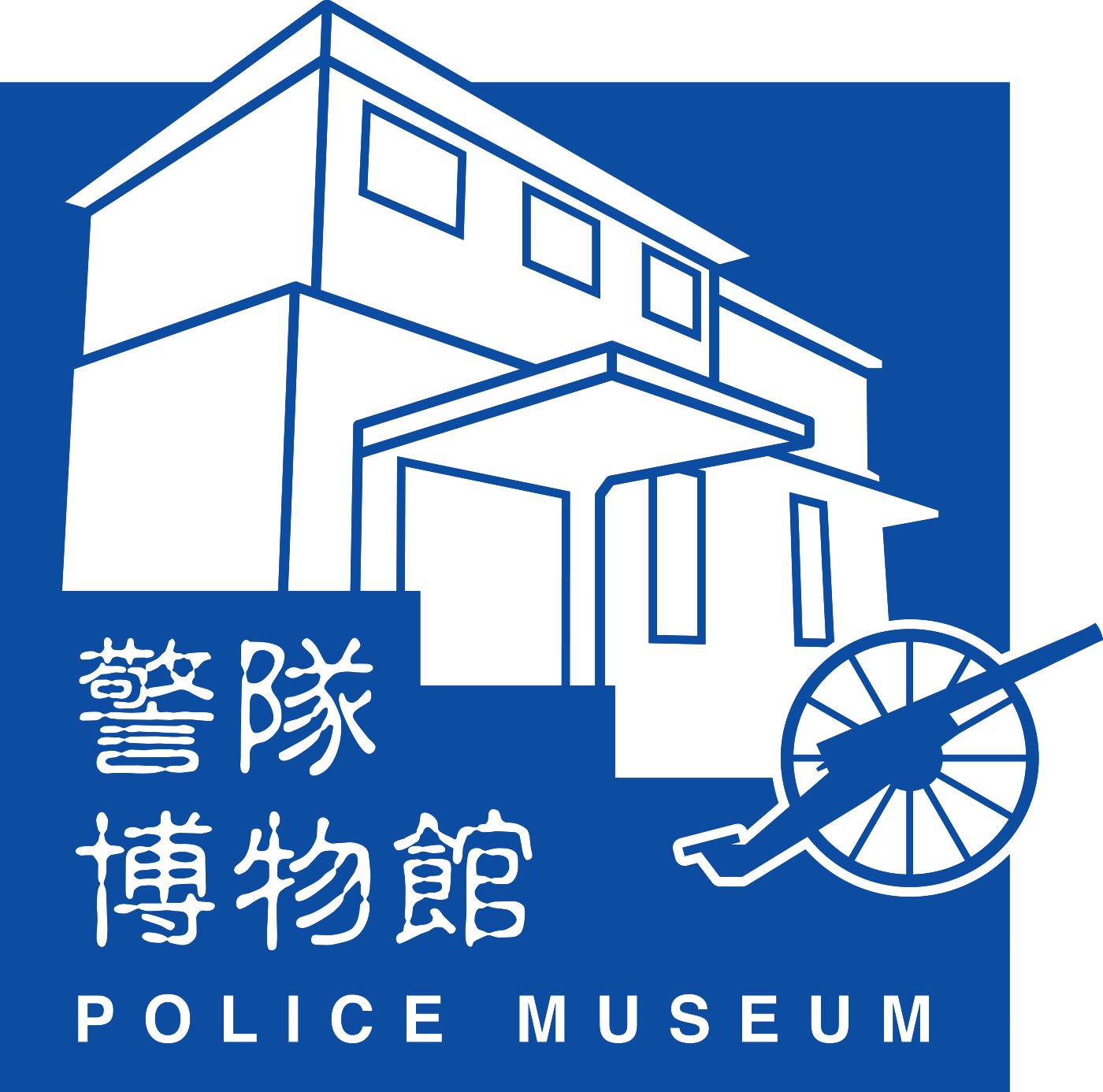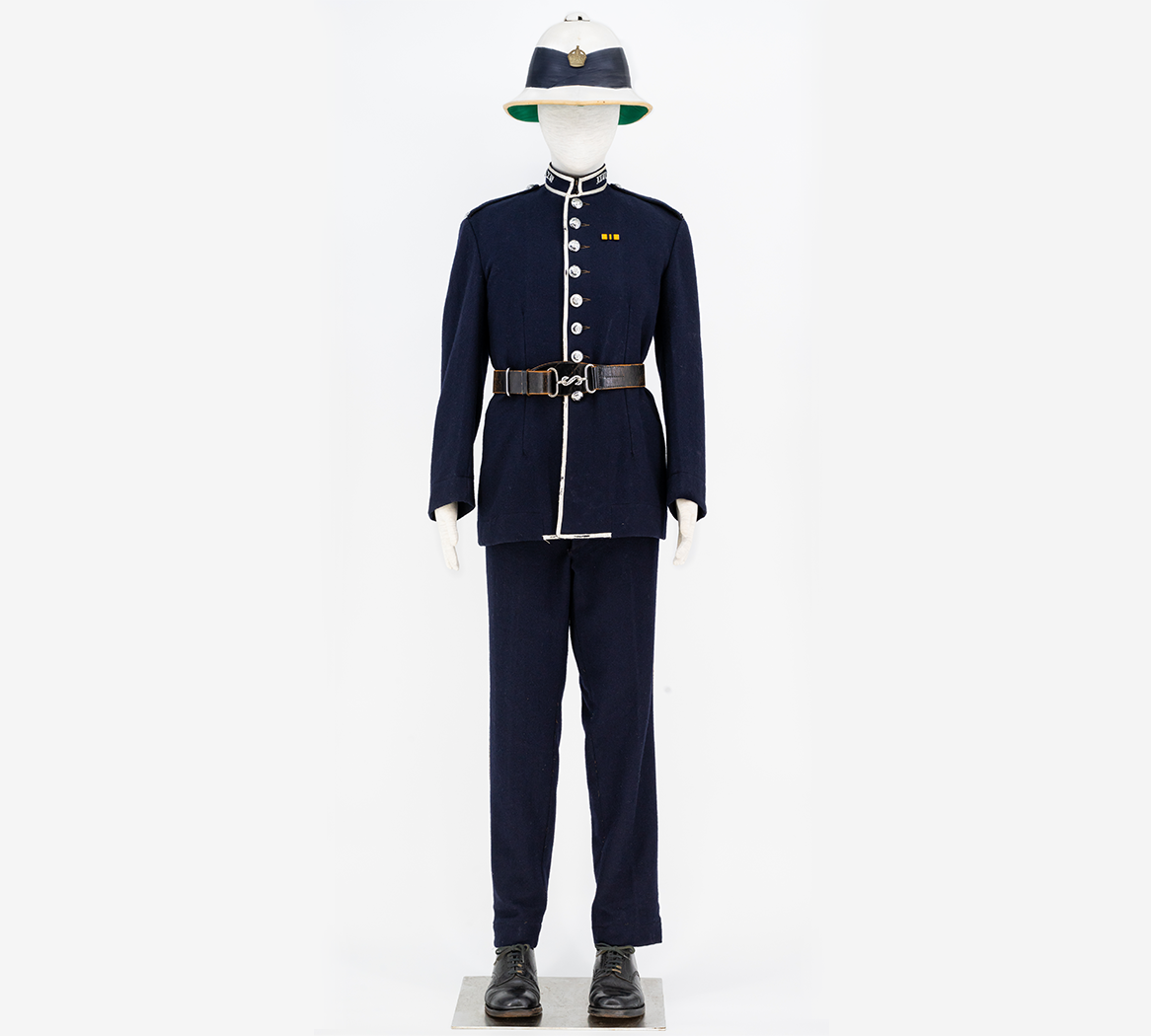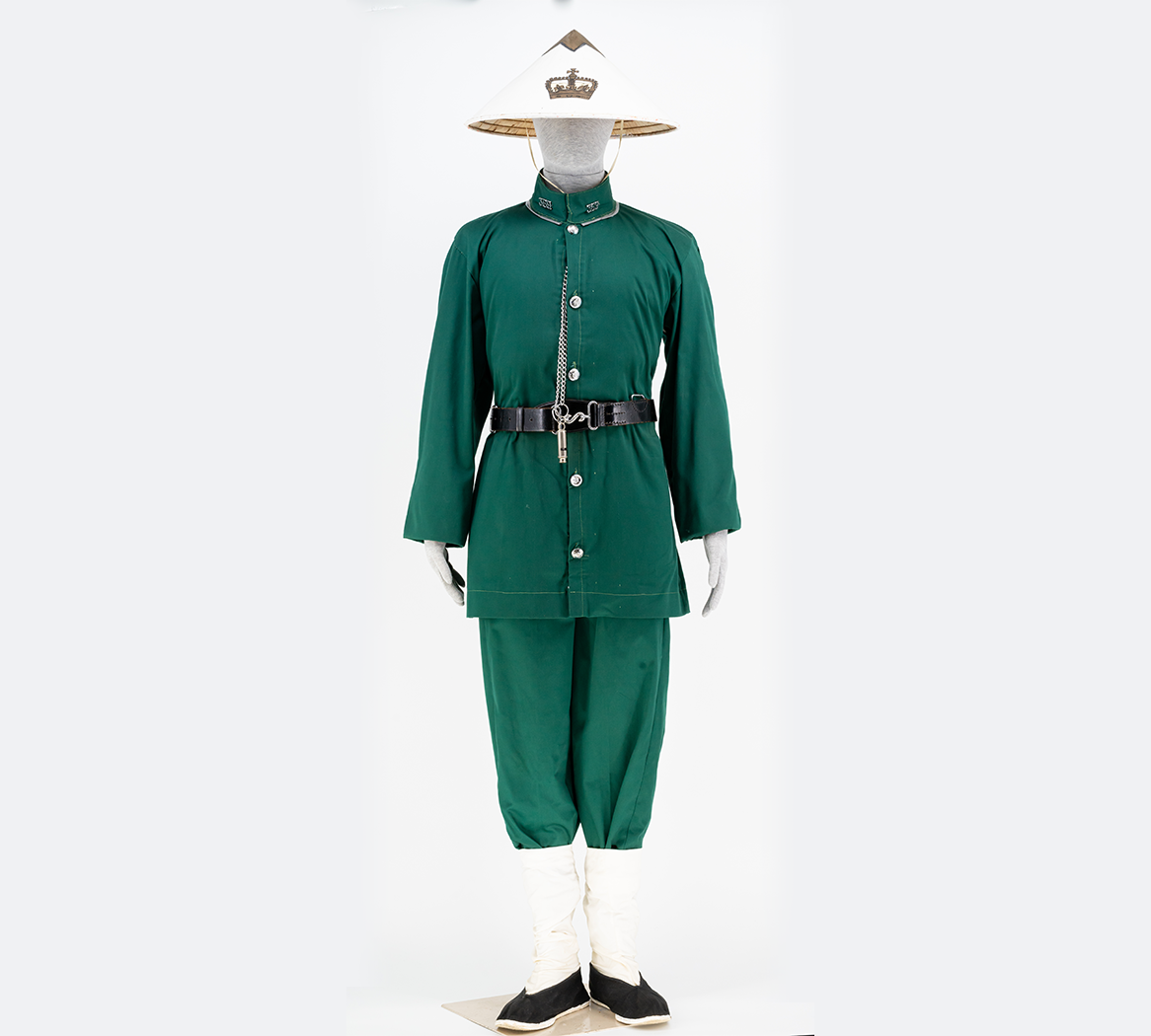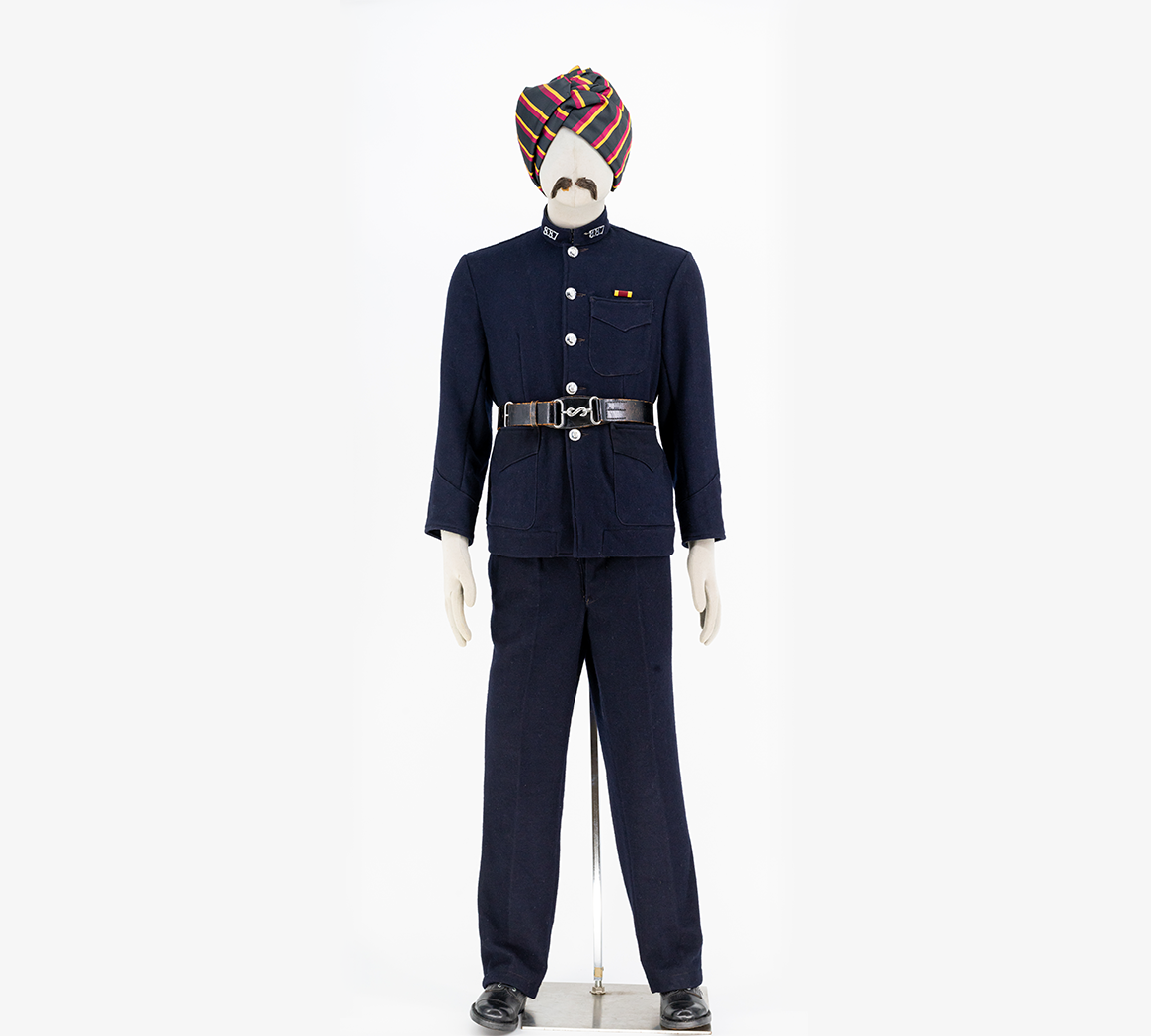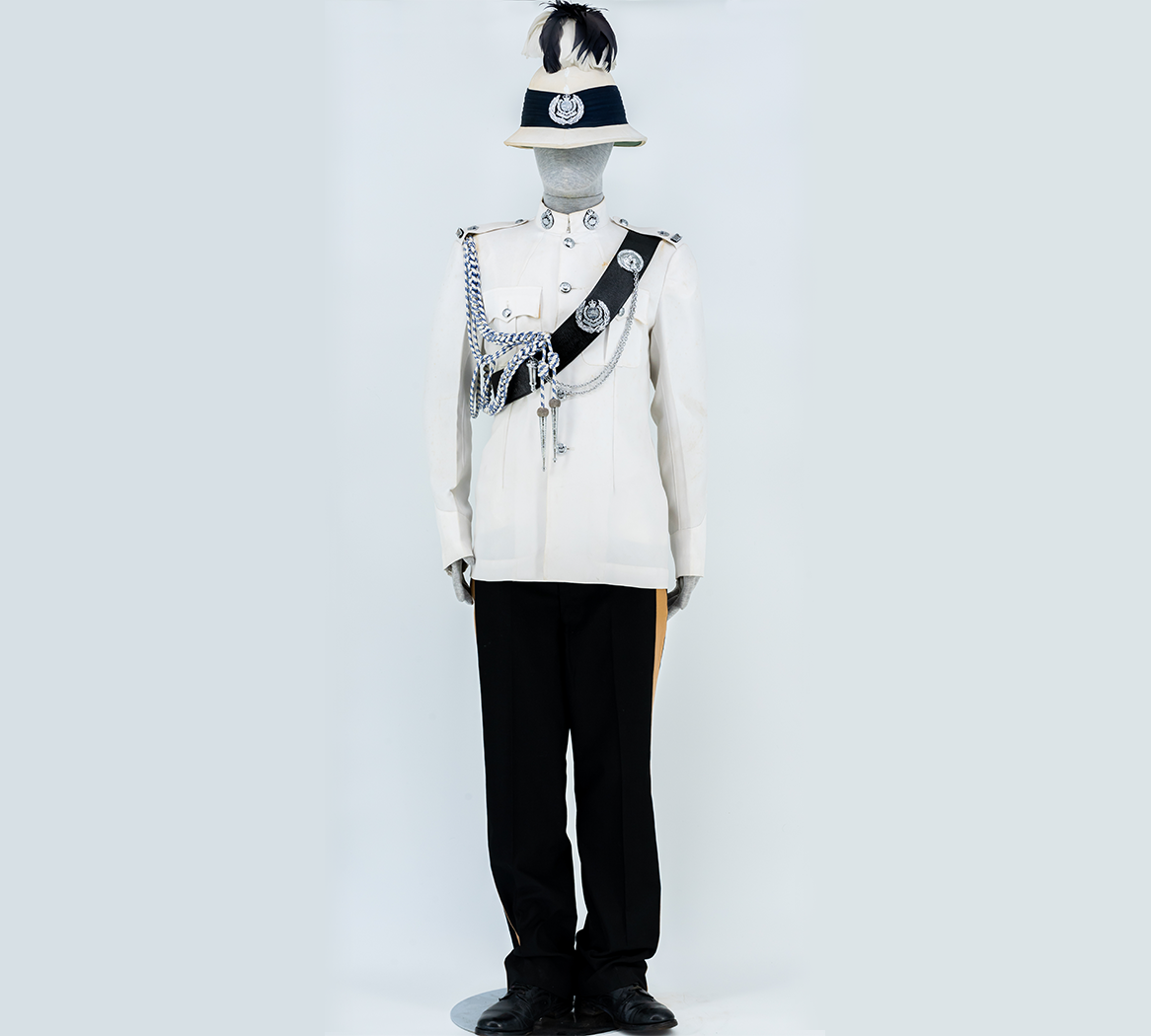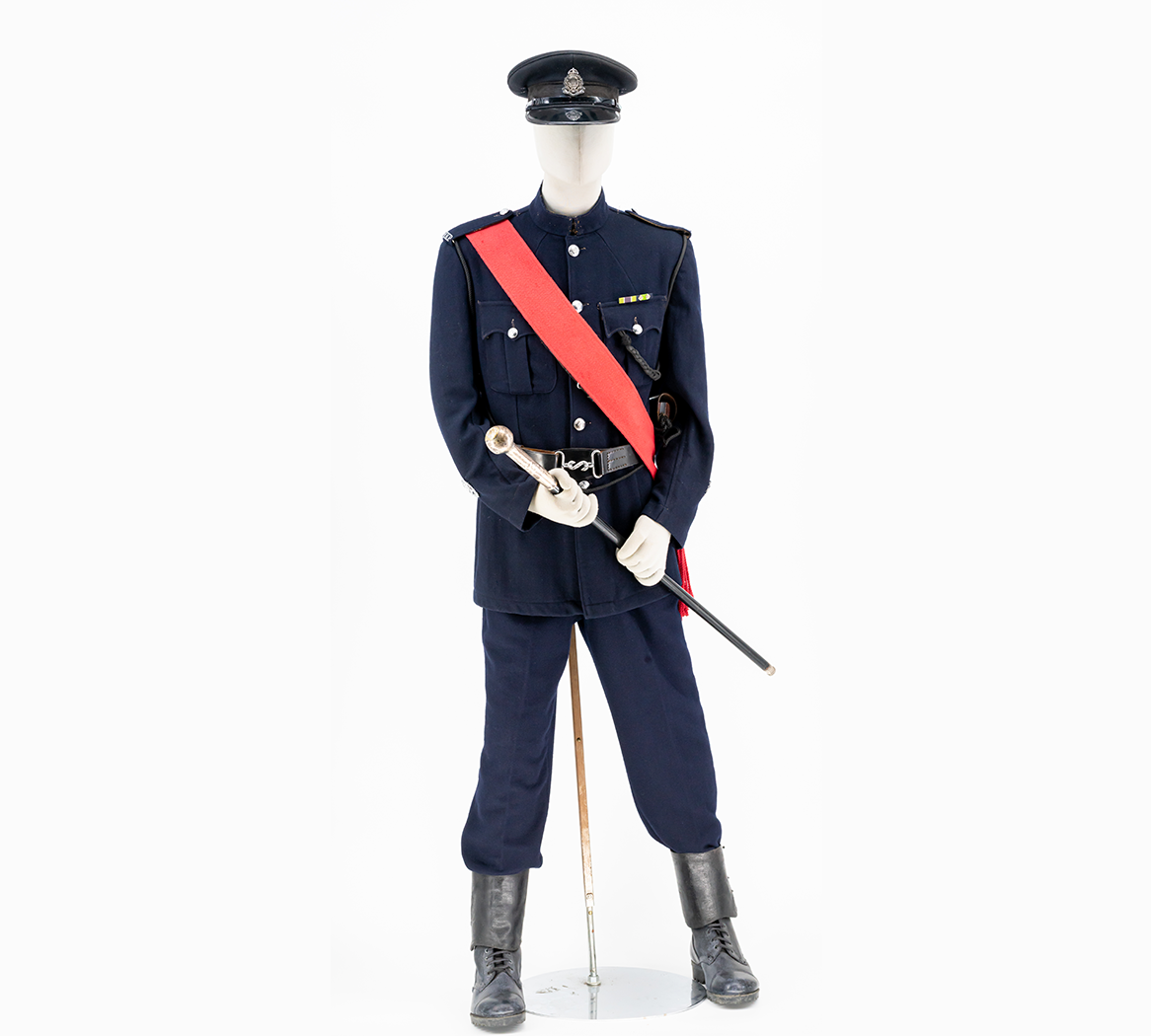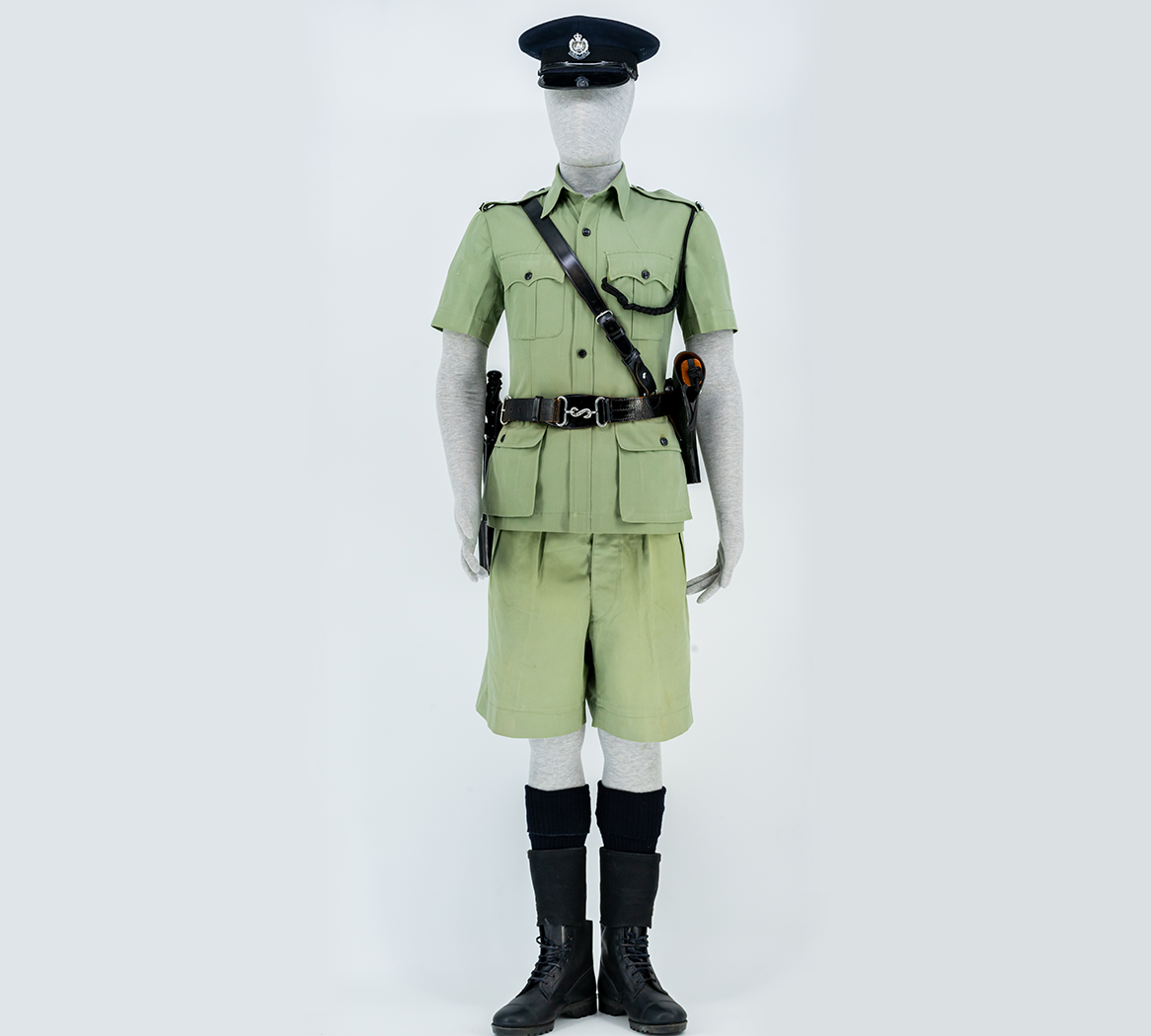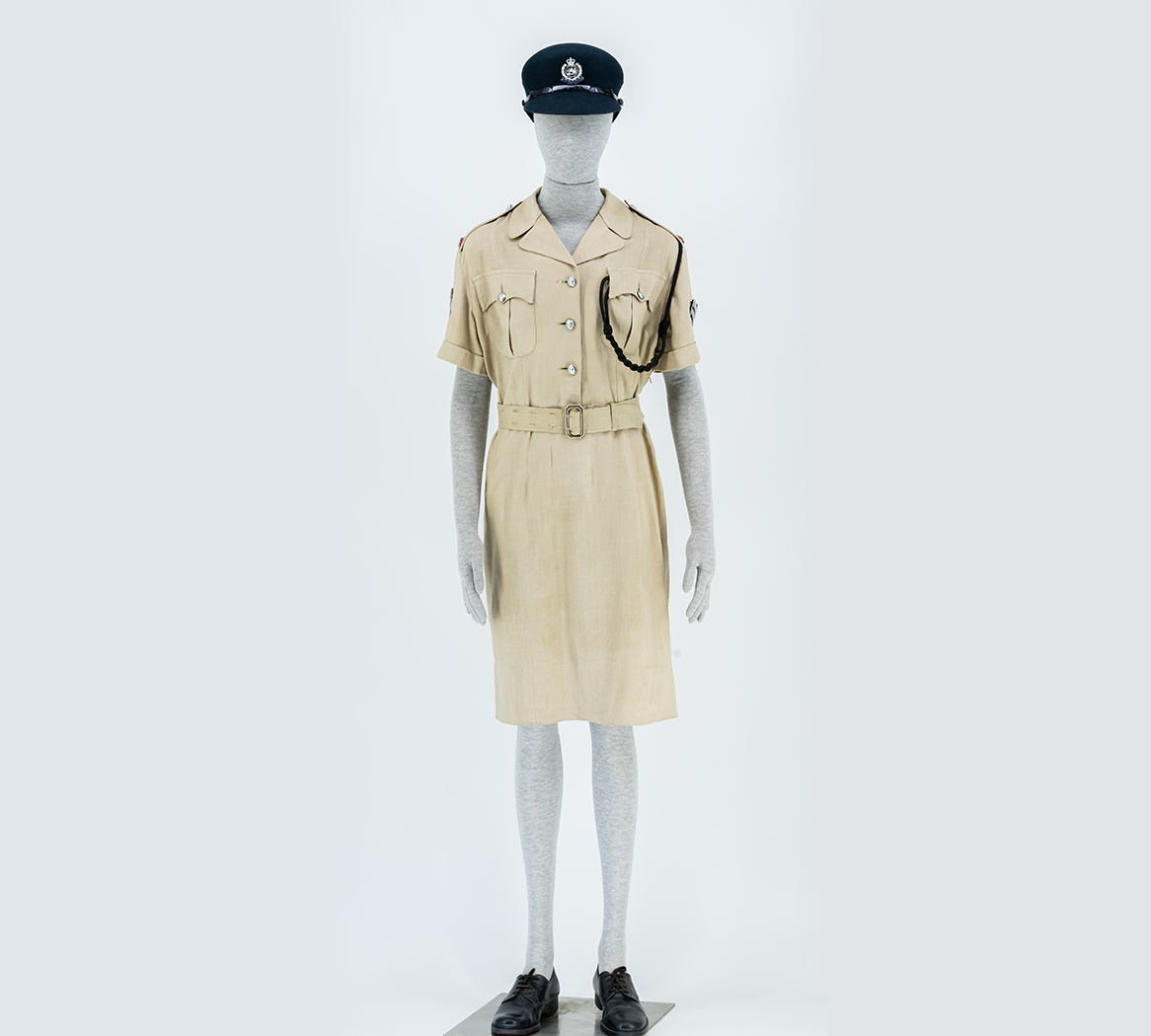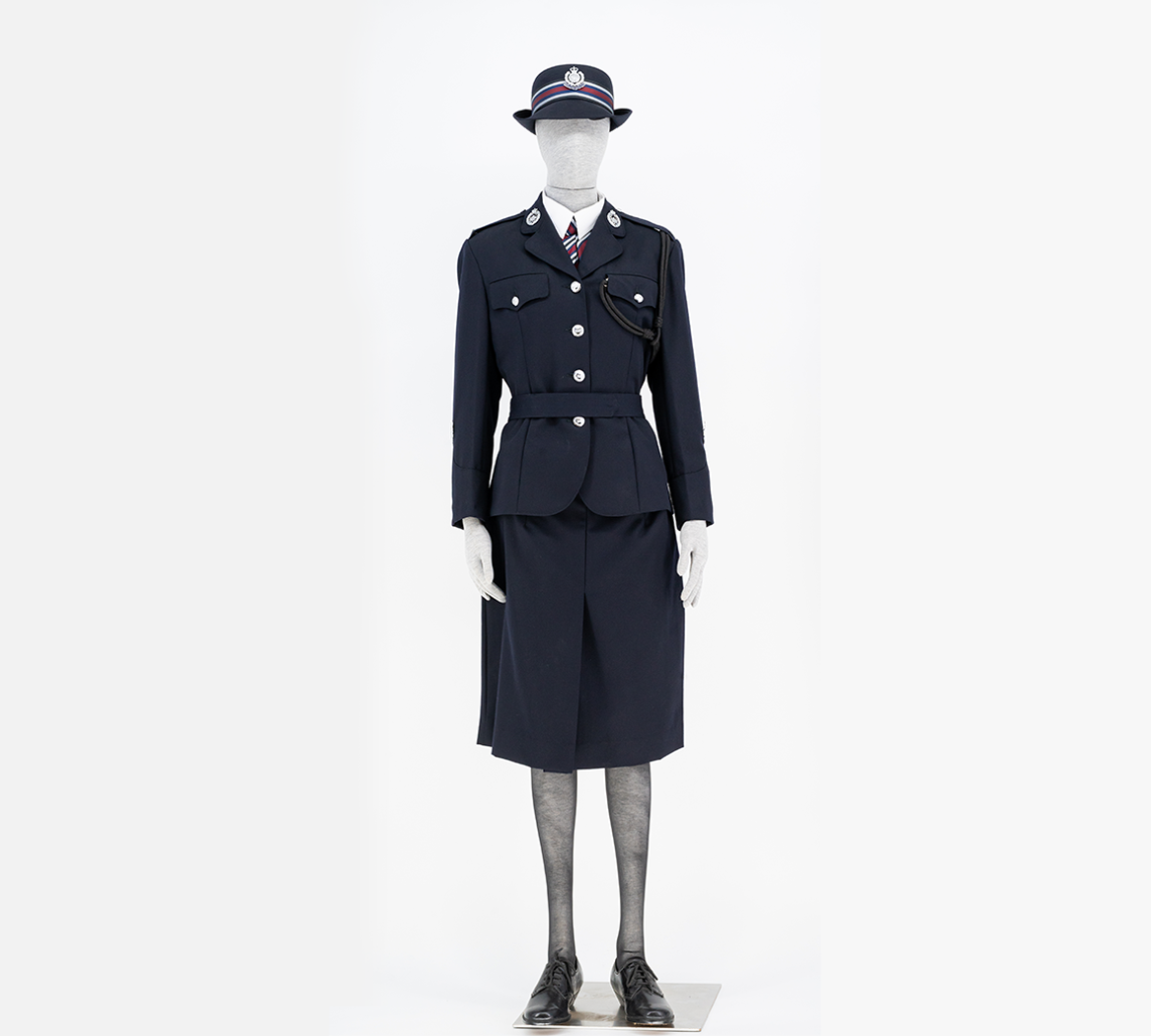Description
In the early days of the Hong Kong Police Force, officers came from all over the world. For easy designation and identification, the ABCD establishment was adopted: A was for European police officers, B for Indian police officers, C for Cantonese Chinese police officers, and D for Shandong Weihaiwei police officers. Police officers were assigned an identification number on joining the Force. The number was preceded by a letter of the alphabet. Among the European police officers, the British had the highest status and were mostly in the management. In the early days of Hong Kong, as resources were scarce and finances were tight, European police officers were allowed to carry long and short firearms on duty, and their fringe benefits and salaries were much higher than those of other nationalities. Most European officers came from the British Army and some of them might be transferred to the then newly formed Hong Kong Police Force because of less than satisfactory discipline or performance whilst in the army.
At that time, the uniforms of police officers of different nationalities had King’s crown silver buttons and an S-shaped silver belt buckle. The belt buckle was commonly known as the “snake buckle”. The belt was embossed with the royal image; thus, the general public called the police officers the “flower waists”. European police officers were equipped with a silver-painted wooden spiked helmet with a metal crown emblem inserted or painted on it to indicate their supreme status. The spiked design of the helmet may have been inspired by the spiked helmets (Pickelhauben) that were popular in European countries in the 19th century. The spike was initially used to catch the sabre of an enemy slashing at the head, but later became a part of ceremonial costume. The wooden helmets worn by the European police officers were known as “pith helmets”. In the 19th and 20th centuries, they were worn by European travellers and troops from some European countries to protect themselves from the heat of the tropics.

